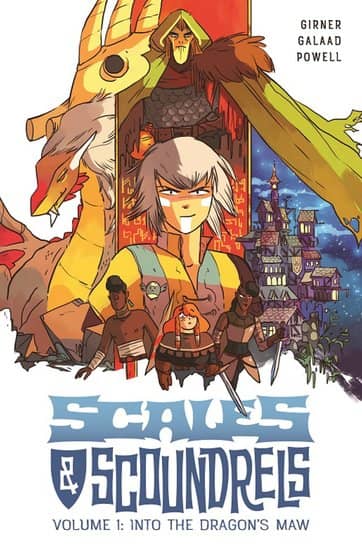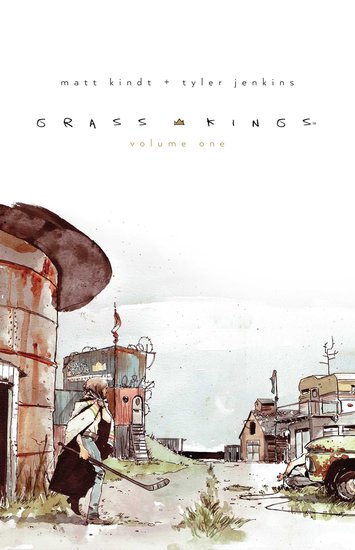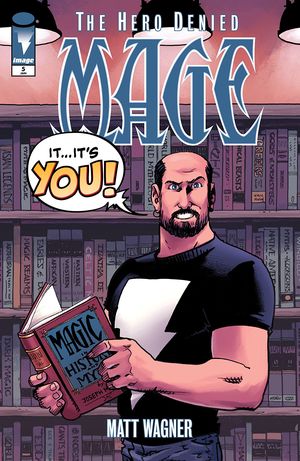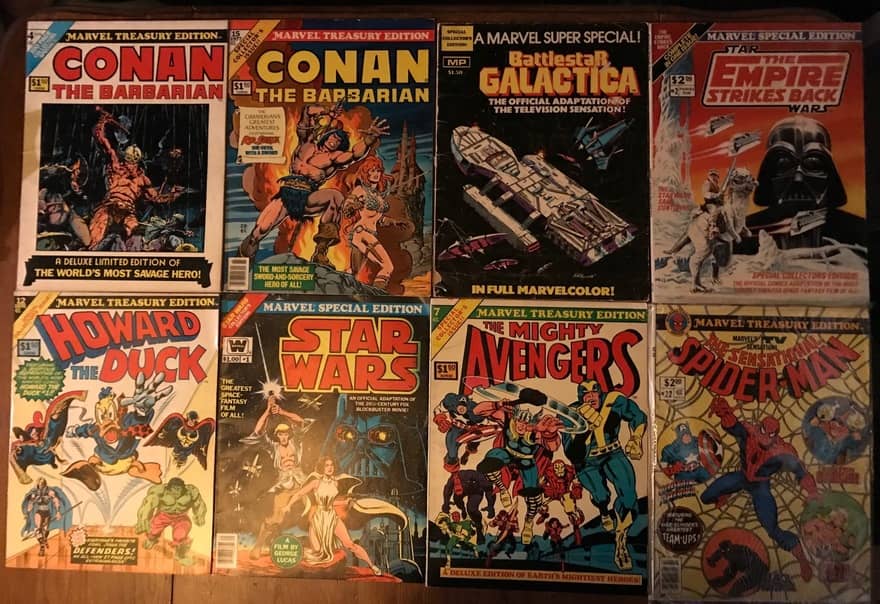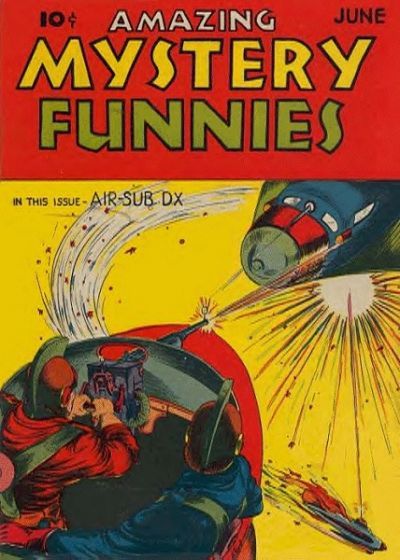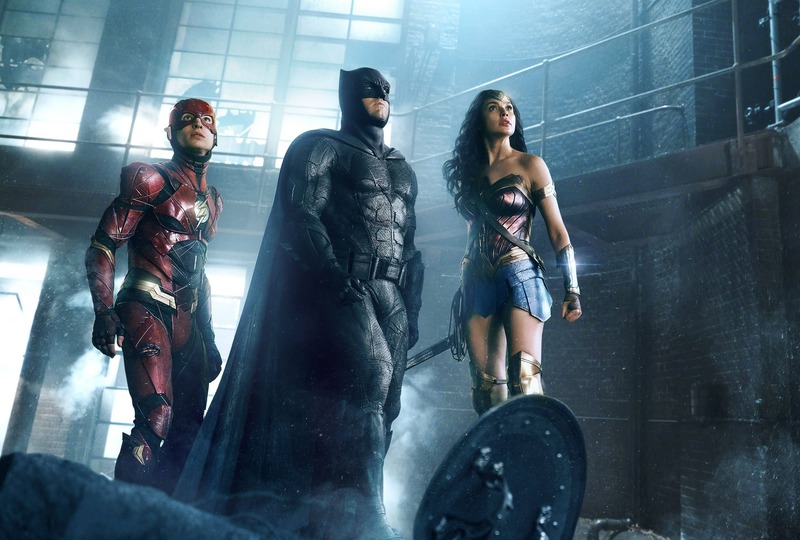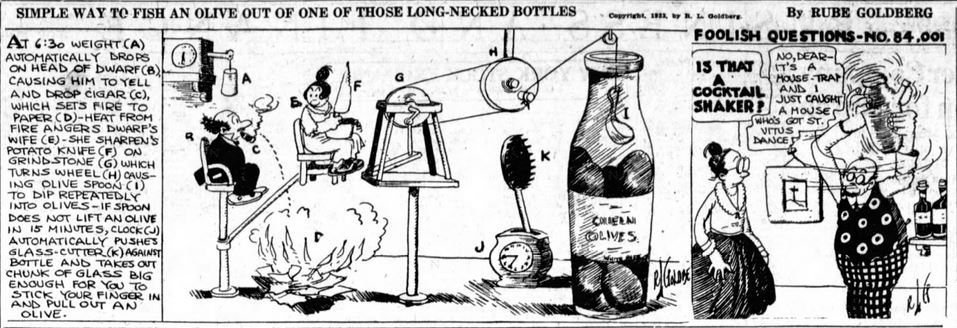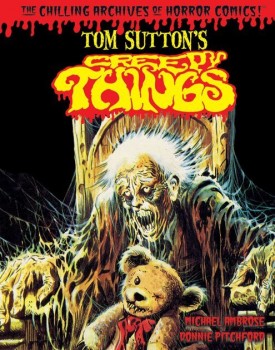 Nobody does good horror anthology comics any longer. Oh sure, some micro-press might release an issue here and there every couple of years, but it’s not like the days when you could go to any drug store in the country and find a dozen different horror collections on the spinner racks. Horror anthology comics first got big in the 1950s, before the Comics Code brought an end to all of that gory goodness. Flash forward to the Bronze Age of Comics (beginning roughly some time in the early 1970s), when the children who’d read Golden Age comics had grown up and gone into the industry for themselves. Bronze Age horror comics borrowed heavily from Golden Age titles like Tales from the Crypt and Chamber of Chills. But since they could never match those titles for outright gore (the Comics Code still being in place), they instead relied on sheer weirdness. And if you’re researching weird 1970s horror (which I frequently do), you’re going to run across the name Tom Sutton.
Nobody does good horror anthology comics any longer. Oh sure, some micro-press might release an issue here and there every couple of years, but it’s not like the days when you could go to any drug store in the country and find a dozen different horror collections on the spinner racks. Horror anthology comics first got big in the 1950s, before the Comics Code brought an end to all of that gory goodness. Flash forward to the Bronze Age of Comics (beginning roughly some time in the early 1970s), when the children who’d read Golden Age comics had grown up and gone into the industry for themselves. Bronze Age horror comics borrowed heavily from Golden Age titles like Tales from the Crypt and Chamber of Chills. But since they could never match those titles for outright gore (the Comics Code still being in place), they instead relied on sheer weirdness. And if you’re researching weird 1970s horror (which I frequently do), you’re going to run across the name Tom Sutton.
Just like in the 1950s, every comic book publisher in the 1970s printed at least a couple of horror anthology titles and each title achieved a different level of success. DC Comics had almost a dozen different titles at the height of the horror boom (House of Mystery, House of Secrets, Witching Hour, Weird War Tales, Secrets of Sinister House, Ghosts, Secrets of Haunted House, Tales of Forbidden Mansion, Weird Mystery Tales, Unexpected). Marvel Comics had fewer anthology titles, specializing instead in recurring monster books (Werewolf by Night, Monster of Frankenstein, Tomb of Dracula). Warren slipped around the Comics Code by publishing black-and-white oversized “magazines” that could have more violence and nudity (Creepy, Eerie, Vampirella). And all but forgotten in the comics shuffle is Charlton Comics, always less popular than Marvel, DC, or Warren. Part of the problem was that Charlton notoriously offered some of the lowest pay rates to artists and writers, making them less popular for the A-list talent.
On the other hand, what Charlton could offer was far less editorial interference. As long as the art and story didn’t violate the Comics Code, they gave their artists and writers a free hand to tell whatever stories they wanted. It’s likely one of the reasons that comic legends like Steve Ditko frequently worked with them. And it’s why Tom Sutton’s most interesting work was done for their titles (The Many Ghosts of Doctor Graves, Ghost Manor, Haunted Love, Ghostly Haunts, Midnight Tales, Haunted, Monster Hunters). The folks at Yoe Books have collected sixteen of those stories in a stunning hardcover collection. It opens with an overview of Sutton’s career written by Michael Ambrose, followed by a selection of old cover illustrations, then the first story.
…
Read More Read More

